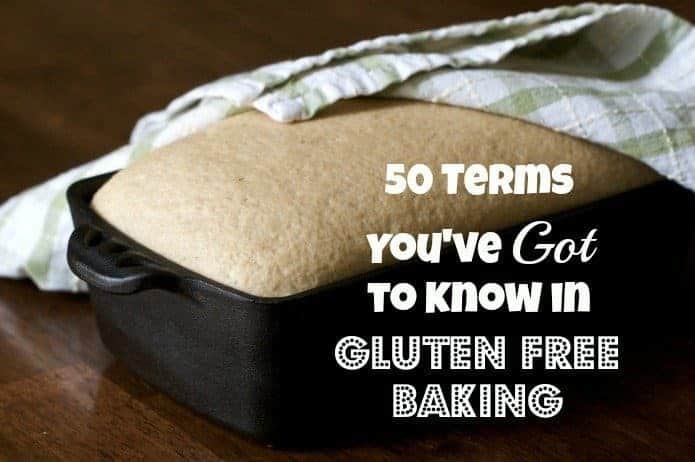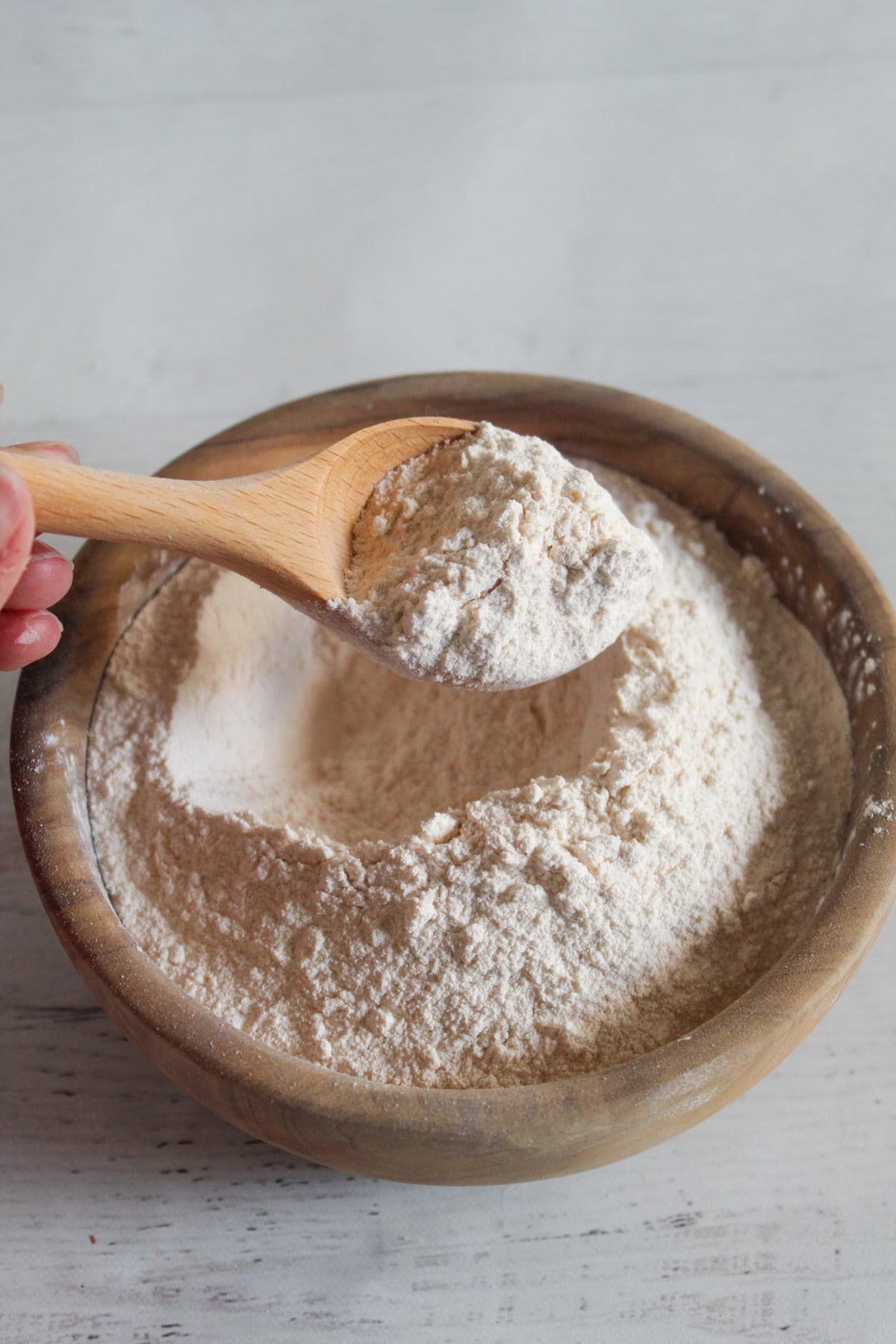Is Millet Gluten Free? How to Use This Ancient Grain
Millet is a popular ancient grain, but is it safe for people with gluten intolerance or celiac disease? Is millet gluten free? Let’s explore this question to help you understand this special grain and incorporate it safely into your gluten-free diet.


Struggling with cutting gluten from your diet?
Table of Contents
Resource Pack Offer – Cut Gluten from your Diet and Save Money!
Have you been noticing millet in more and more products at the grocery store? This tiny seed has been making a comeback lately, but many of us only recognize millet from bird feed or the bulk sections of our local health food stores.
Let’s talk about what millet is (and isn’t), whether or not it’s safe for celiacs, and how to use it. I think you’ll be pleasantly surprised to learn just how friendly millet is to people on a gluten-free diet, and I’ll share lots of ways to use it at home!
Looking for more ingredient deep dives? Learn about the Best Dairy Free Buttermilk Substitute and the Top 4 Teff Substitutes!
Key Takeaways: Is Millet Gluten-Free?
Millet is a high protein gluten-free cereal grain commonly grown in Africa.
It has a soft, tender texture and slightly sweet, nutty taste, which makes it ideal for gluten-free baking, as well as many nutritional benefits.
Although you can eat millet in many different ways, I prefer to use organic millet flour to bake soft gluten-free cookies, breads, biscuits, and more.
What is Millet?
Millet is an ancient grain from the grass family that has been grown for food production for over 7,000 years and is still a staple food in Asia, India, and many African countries.
There are many different types of millet ranging in size from large to small seeds, including foxtail millet, proso millet, and more. They all look similar to couscous or mustard seeds and come in a range of colors as well.
The best part is that millet is a naturally gluten-free grain, so unlike wheat, rye, and barley, it is safe for people with celiac disease or gluten intolerance.
The most common type is pearl millet, which is larger and has a subtle sweetness and nutty taste that makes it excellent in both sweet and savory recipes.
This grain can be purchased whole in as raw millet seeds or you can buy hulled and ground millet in the form of millet flour.
Nutritional Benefits of Millet
There are many reasons to add millet to your pantry. These gluten-free whole grains are high in essential amino acids, phosphorous, magnesium, and calcium.
In fact, millet contains the highest amount of calcium compared to any other cereal grains, which is essential for many biological functions.
It is also high in dietary fiber, particularly soluble fiber, which may also help regulate blood sugar, improve heart health, and reduce bad cholesterol levels.
These little seeds also contain high quantities of antioxidants, especially pearl and finger millet, which can reduce inflammation and support overall health.
Additionally, millet is a low glycemic index food compared to wheat, so it raises blood sugar slowly. This is especially beneficial for people with Type 2 Diabetes who need to keep their blood sugar in check. In fact, it may help you regulate your blood sugar levels even after a meal!
Is Millet Gluten-Free?
Yes, millet is a gluten-free grain. However, since millet is a grain, it is often processed in facilities that process wheat and other gluten-containing grains.
If you have celiac disease, choose certified gluten-free millet prepared in a dedicated gluten-free facility to avoid cross-contamination.
How to Use Millet
Millet is a very versatile grain that can be prepared in many different ways. In some cultures, people eat millet porridge as an alternative to polenta or oatmeal, and it makes fantastic gluten-free rotis and flatbreads! You’ll often find it as an ingredient in gluten-free beer, too.
I generally use millet flour in my gluten-free baking recipes. Its light, fluffy texture can improve the texture and flavor of baked goods.
- Millet Biscuits: These millet biscuits are tender and fluffy, perfect for serving with sausage gravy for biscuits and gravy.
- Millet Cookies: The soft texture of millet helps keep these millet cookies super soft and tender without any wheat flour.
- Millet Bread: My millet bread has a slightly sweet flavor and a tender crumb. I pair the millet flour with brown rice flour to get the perfect texture every time.
Note about substituting millet
If you ever need to substitute millet flour in recipes, use one of the options listed in this millet flour substitution article.



